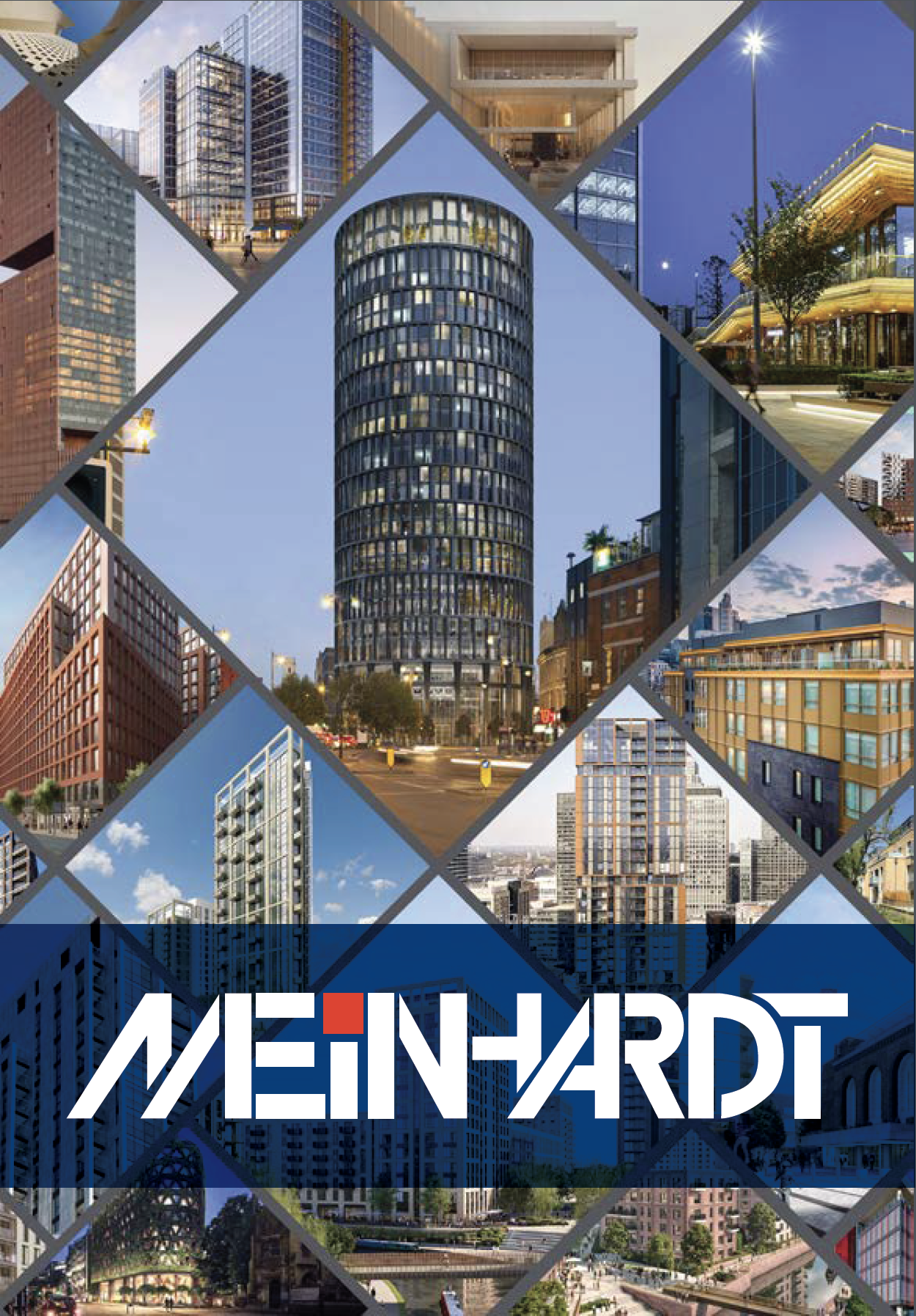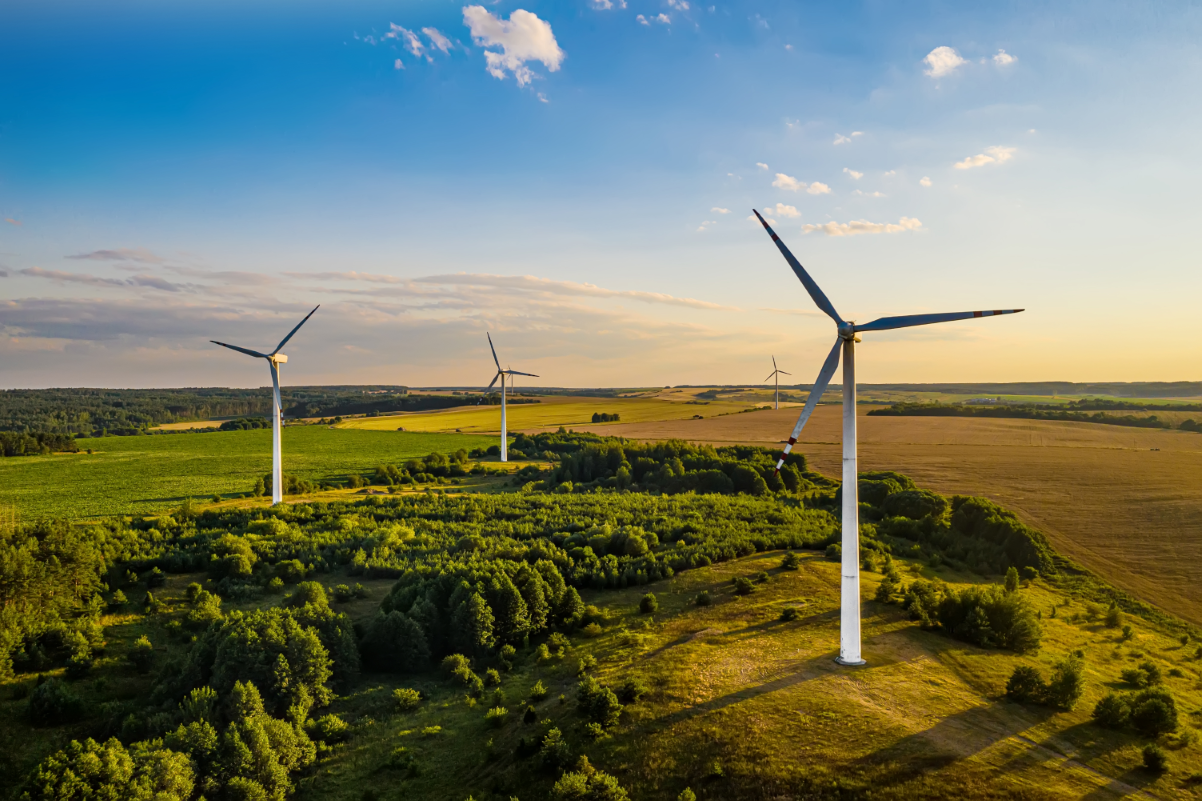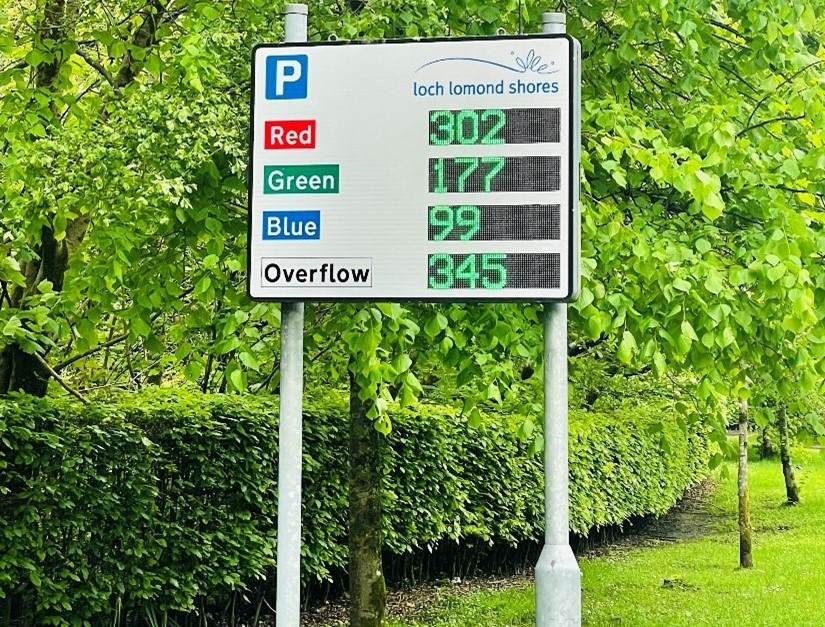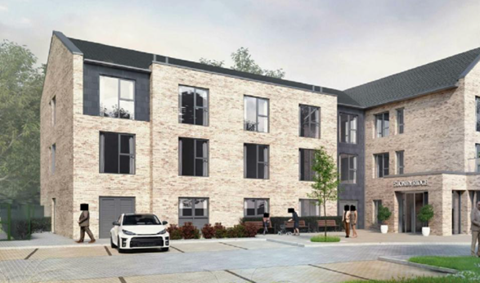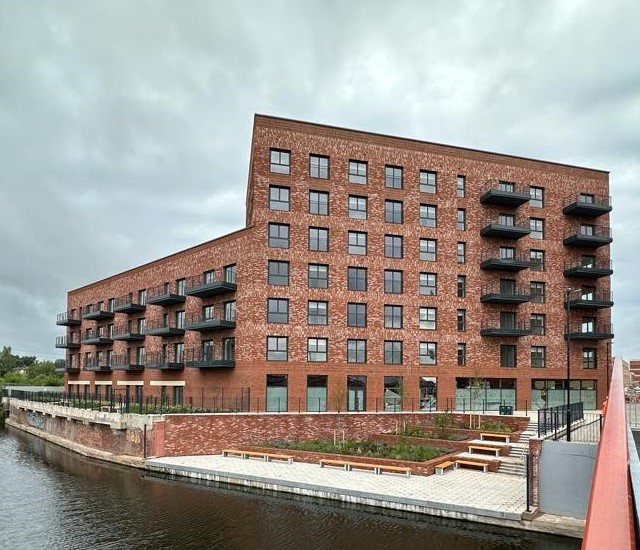Developing brownfield sites takes technical expertise and diplomacy
Demand for land in prime London locations is intense, so much so that complex brownfield sites that would be left derelict elsewhere in the country still attract investors and developers.
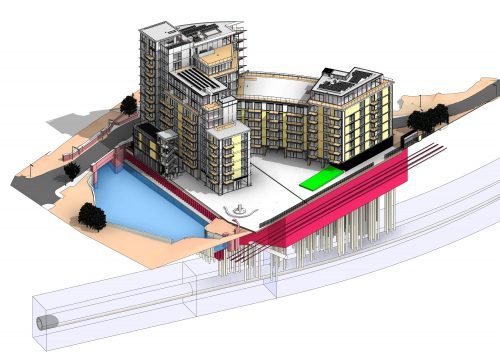
For different reasons, they are also a very interesting proposition from an engineering perspective.
Brownfield sites typically have a large number of constraints, both originating from the sites themselves and from the built-up development around them. On-site challenges typically include successive layers of building works, underground utilities and archaeology, while prime London sites are always surrounded by other buildings and/or roads, railways or waterways.
Soaring house prices have meant that sites that wouldn’t have been touched with a bargepole have become viable. Sometimes the challenge is so acute that it takes vision and courage for a developer to take it on, but with the right expertise, even the most complex brownfield site can be unlocked (as with our project at Chelsea Island).
With high demand for development sites, a desperate need for more housing and little likelihood of greenbelt land being released any time soon, it is in everyone’s interests to regenerate the capital’s brownfield areas. There are a lot of them. According to a report from City Hall in January 2016, there are 40,000 brownfield sites in London in public ownership, enough for at least 130,000 homes.
Using similar data from councils outside the capital, the Campaign for the Protection of Rural England reckons there is enough brownfield across England for more than 1 million homes – a claim it uses to support its campaign to protect green fields from development.
Costs are greater on brownfield sites than green ones because of the remedial works required to free them up for development, but there is no alternative in London. Nor do the capital’s landowners offer discount prices. It is the prime location that counts, which inflates development costs and pushes house prices up further.
The main issues for our engineers specialising in brownfield sites are found within the sites themselves. These locations are often home to demolished or derelict industrial buildings with contaminated land or asbestos problems or both. Generally, prime London sites will be surrounded by buildings, which creates party wall issues.
Sites vary considerably but there is always some form of constraint, including archaeology. We were once delayed when we discovered an ancient river bed under a site.
Because they are typically industrial sites, local infrastructure isn’t set up to handle the demands of a residential development. A 400-unit apartment complex requires a lot more in the way of utilities than a single factory. Limited availability of potable water and restricted capacity for below ground drainage, for example, can seriously inhibit development unless they can be resolved.
That brings us to the subject of dealing with public realm organisations, such as Network Rail and Thames Water, either to bring services into the site or to relocate existing pipes, cables or tunnels to accommodate footings and basements for the development.
This can be tricky. Big public sector organisations have statutory consultation periods which they adhere to, which can mean construction timelines extend much further than predicted, which puts pressure on our clients. Our engineering team in dealing with negotiations has built up contacts and learned to be diplomatic to accomplish what we need in order to meet our clients’ objectives, whether that is to get things diverted, removed or built.
Diplomacy and understanding the route into these organisations are important. Dealing with a multi-faceted problem often means getting people working together towards the common goal. We point out the positive social impacts of regenerating sites, such as bringing services to the area and providing a catalyst for further regeneration in the locality.
At Meinhardt UK, we have a broad range of experience in dealing with brownfield sites, and a track record of a wide variety of projects with different end uses, including specialist expertise on sites containing basements. Our expertise allows investors and developers to be sure they have done their due diligence before embarking on an investment or commencing construction work. We have experts in dealing with Network Rail and the train companies while another specialist team provides below ground services.
Typically, we will first get involved with a prospective buyer and carry out the due diligence work. Once the decision to buy is made, we identify risks, engage with the parties concerned (utility companies etc.) and, crucially, we design flexibly so there are contingencies built in, for example if services aren’t moved on the day expected.
Brownfield sites are complex but the rewards of unlocking them in London are a financial return on investment, a contribution to urban regeneration and, for residential developments, provision of much-needed housing. That takes expertise, experience, good contacts and diplomacy.

